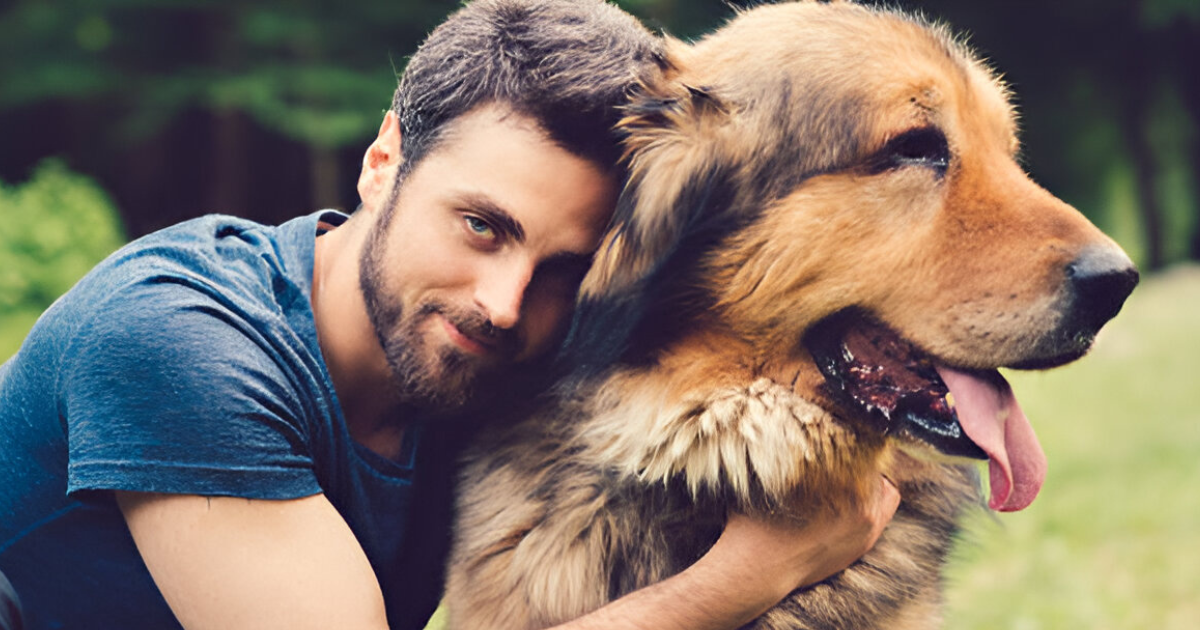The Psychology of Human-Pet Bonding: Unveiling the Deep Connection
Table of Contents
If you’ve ever felt a special bond with your pet, you’re not alone. For centuries, humans have shared a deep, emotional connection with animals—whether it’s a dog eagerly wagging its tail when you come home, or a cat curling up on your lap for warmth and comfort. But what’s behind these powerful connections? Why do pets seem to have a unique way of making us feel loved, safe, and emotionally supported?
In this article, we’ll explore the fascinating psychology of human-pet bonding, delving into the emotional and psychological processes that contribute to the attachment between us and our pets. From understanding pet attachment theory to learning how to build trust with animals, we’ll take a closer look at how pets influence our mental health, emotions, and behaviors. Let’s explore how pets become more than just companions—they become a true part of our lives and emotions.
Human-Pet Bonding: Understanding the Emotional Connection
1. Pet Attachment Theory: The Foundation of Our Bond with Pets
Pet attachment theory suggests that the emotional connection between humans and pets is similar to the attachment between a child and its caregiver. Just like how babies form strong emotional bonds with their parents, pets often develop deep attachments to their human owners, creating a unique and lasting bond.
Key Aspects of Pet Attachment Theory:
- Secure Attachment: Pets, like humans, often feel safest with their primary caregivers. They depend on them for care, protection, and affection, forming a deep bond that enhances their feelings of security.
- Attachment and Comfort: Just as children seek comfort from their parents during times of distress, pets find comfort in their owners when they feel anxious or scared. This attachment is a major factor in the relationship between humans and pets.
- Separation Anxiety: Pets often display signs of attachment through behaviors like barking, whining, or restlessness when left alone. This form of separation anxiety shows just how significant their human companions are to them.
Pet attachment theory illustrates that pets and their owners share a mutual and beneficial relationship that fosters emotional connection, safety, and trust. These bonds lead to emotional support and overall well-being for both the animal and the human.
2. Building Trust with Pets: The Key to Stronger Bonds
Building trust with pets is an essential step in creating a strong, long-lasting relationship. Like any other relationship, trust doesn’t develop overnight; it requires patience, consistency, and understanding. When you build trust with your pet, you’re not only improving your communication with them but also strengthening the emotional connection you share.
Tips for Building Trust with Your Pet:
- Consistency in Care: Providing a consistent routine for your pet—whether it’s feeding, walking, or playing at regular times—helps them feel secure and understand your behaviors.
- Positive Reinforcement: Using positive reinforcement such as praise, treats, or affection helps your pet associate good behavior with rewards, creating trust and respect.
- Patience and Time: Trust is built over time. Allow your pet to become familiar with you and your environment at their own pace, especially if they are new or have been rescued from uncertain circumstances.
- Being Present: Simply spending time with your pet, whether it’s cuddling, playing, or even just sitting in the same room, can significantly boost trust and make them feel safer with you.
As trust grows, your pet will rely on you for emotional support, forming an unspoken understanding of security, loyalty, and affection.
3. Emotional Bonds with Animals: The Science Behind It
The emotional bonds we form with animals are rooted in psychological and physiological processes. These deep connections go beyond mere companionship; they are proven to impact our mental health, creating feelings of joy, relief, and comfort. But what exactly happens in our brains when we form an emotional bond with a pet?
The Science Behind Emotional Bonds:
- Oxytocin Release: Spending time with pets triggers the release of oxytocin—the so-called “love hormone”—in both humans and animals. This hormone increases feelings of happiness, trust, and emotional connection.
- Decreased Stress Levels: Studies show that spending quality time with pets lowers levels of cortisol (the stress hormone) in humans, reducing anxiety and promoting relaxation.
- Behavioral Mirroring: In the same way humans mirror the facial expressions of their loved ones, pets mirror their owners’ emotions, reinforcing a deeper emotional connection through shared feelings of happiness or anxiety.
The emotional bond with pets is a unique psychological experience, providing a sense of comfort, security, and deep connection that is both mutually beneficial and enriching for the human and the animal.
Conclusion: The Psychological Depth of the Human-Pet Bond
The bond between humans and pets is powerful and goes beyond just companionship. This emotional connection is built on trust, understanding, and mutual respect, making pets an integral part of our lives. From emotional support to feelings of security, pets offer us more than love—they become loyal, unwavering partners in our emotional lives.
As you deepen your understanding of the psychological and emotional aspects of your bond with your pet, you can create a more fulfilling, rewarding relationship. Pets aren’t just animals—they are family, offering a sense of unconditional love and loyalty that can change our lives for the better.
Any other feedback or suggestions?
There are no reviews yet. Be the first one to write one.







